With Mardi Gras just a week away, I thought you would appreciate taking another look at these fantastic recipes from one of my earlier posts. They are some of my favorites!
New Orleans is a delightful city rich with culture, history, and incredible food. One visit and you will know why it is one of the most coveted vacation destinations in the country. When you walk down the streets in the French Quarter you are struck by the beauty. I fell in love with all the wrought iron work, bright colors, quaint architecture, and ornate balconies. Situated at the mouth of the Mississippi River where it meets the Gulf of Mexico, the Big Easy is made for revelry, and of course there is no greater party than Mardi Gras. Sitting on the waterfront, watching an old paddle wheeler navigating the river, you can almost hear the strains of “Show Boat” on the wind. New Orleans weaves its spell, leaving you yearning to return.
Though we often use the terms Cajun and Creole interchangeably, they are different. Both a heritage and a cuisine, Cajuns are descended from the 300 French settlers who landed in “Acadia” (the area of Canada now known as Nova Scotia, New Brunswick and Prince Edward Island) in 1632. In 1755, after Acadia became an English colony, the French were driven out and some traveled to the French colony of Louisiana. The word Cajun is a derivation of Acadian. Louisiana Cajuns are a mixture of those original French settlers with Spaniards, Germans, French Creoles, Anglo-Americans and Native American Indians of the area.
Creoles were originally descendants of early French and Spanish settlers in the New World. The term applies to anything native to the colonies and comes from the Spanish “criollo” which means “a child born in the colony.” Initially it defined natives of the West Indies, Central and South America, and the Gulf States region, but eventually became synonymous with the people of Louisiana.
In terms of cooking styles, Creole is based on French traditions with influences from Spain, Germany, Africa, Italy, the Caribbean, etc. The food tends to be slightly more refined with subtle flavors. Cajun cuisine is considered rural peasant food with stronger, spicier ingredients. It came about as Acadians adapted to the challenges of their new living conditions in the swamps of Louisiana. The two cuisines are more alike than different. The differences seem to be more a matter of subtleness than substance, as both cuisines use basically the same ingredients. Generally speaking, a Creole chef has a lighter hand with seasonings than a Cajun chef.
The Gulf of Mexico gives us some of this country’s greatest seafood, prized by chefs nationwide. Naturally many of the dishes most often associated with the Gulf region contain seafood. Today’s offering is no exception. Ubiquitous crab cakes, found on nearly every restaurant menu in the country, regardless of how far they are from the ocean, vary from decent to barely mediocre. Why they are so hard to make well is a mystery, but is most likely due to the preponderance of fillers used by many chefs. Truly great crab cakes are, not surprisingly, mostly crab with balanced seasonings and just enough binders to hold them together.
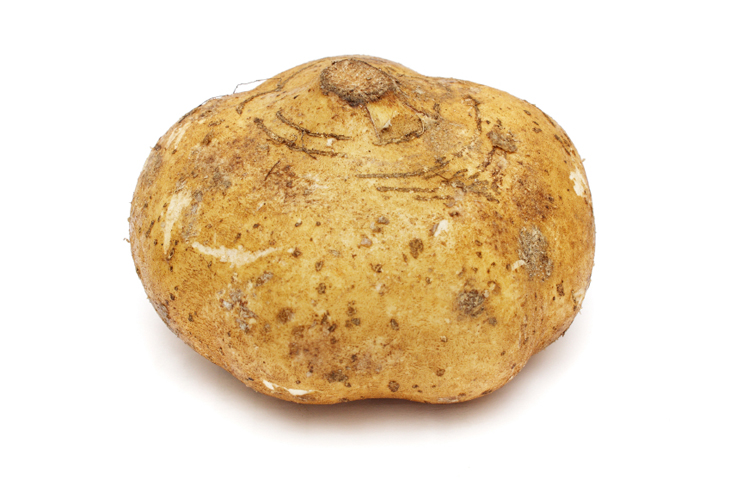
Whole, unpeeled Jicama
There are four major grades of crabmeat sold in stores, and the prices reflect the relative value. Jumbo lump is comprised of the largest pieces of meat, taken from the back legs, and is the highest quality. Because of the size it is difficult to use for crab cakes. Lump or Backfin is fairly good-sized chunks of meat, smaller than jumbo and often combined with jumbo in packaging. Be careful when buying containers of crab because some unscrupulous vendors will carefully place a few jumbo pieces at the top where they are visible through the lid, but fill the bottom with lesser quality crab. “Special” crabmeat is usually from the smallest chambers in the body of the crab, is hard to extract, and most likely to have fragments of shell in it. Pick through this carefully before using. And finally there is Claw meat. This is the dark meat of the crab because it gets the most use. Some people think it is sweeter and like to add it to crab cakes to improve the flavor. While there may be merit to this thought process, the texture is inferior and may not be worth the flavor boost.
Breadcrumbs, bread pieces, and ground crackers are the most common fillers used. Each has their advantages. Dried breadcrumbs produce an even, firm, somewhat drier texture. Panko, Japanese breadcrumbs, yields a lighter, “cakier” texture. Freshly made breadcrumbs turn out a looser, dense, slightly gummy cake. Bread chunks, especially when soaked first in milk, make a tender, moist crab cake. While some shun fillers, they are required to hold the other ingredients together and are an effective way to control the cost of the crab cakes.
I like to serve my crab cakes with a bright vegetable slaw. Have you ever tried Jicama (hik-a-mah)? It is a crisp, slightly sweet, edible root vegetable that looks somewhat like smooth celery root. Unsightly at best, often called ugly, it is nonetheless a marvelous addition to many dishes. Very popular in Mexican cuisine, it is popular in salads, salsas, and crudite platters. I also like it in slaw and have included a recipe for it here. I think it gives a great crunchy counterpoint to the smoothness of the crab cakes and the dressing is a nice piquant contrast.
A few tips and hints, high quality ingredients, extremely fresh crab, and delicate handling will produce the best crab cakes you’ve ever had. It may take a little practice to get the ratios right, but once you have it down, these will be a star attraction on your dinner table!
Jane’s Tips and Hints:
Once you have formed the crab cakes, make sure you refrigerate them. This helps them firm up and keeps them together during cooking. If you have ever had crab cakes fall apart when you cook them, it is probably because you skipped this little known but crucial step.
Kitchen Skill: Peeling Jicama
Jicama can be intimidating to work with, but not if you have a few tricks up your sleeve. The first thing you need is a large, heavy, very sharp knife which will make easy work of the jicama. Without it, you will probably struggle. Cut a small slice off one side so you have a flat surface to stabilize it while cutting. Set it flat on the cutting surface, and working from the top, slice away the peel, working downward following the contours of the ball.
When it is peeled, instead of cutting it in half (which may be challenging without a very large knife), cut about 1/4 off one side. Lay it on the newly cut side and cut another 1/4 piece off. You should now be able to turn it 90 degrees and easily cut it in half, and then into matchsticks.
If you don’t have a large knife, you can always as your produce guy to cut it in half for you which will make it easy to peel with either a sharp knife or vegetable peeler and then cut yourself into small pieces.
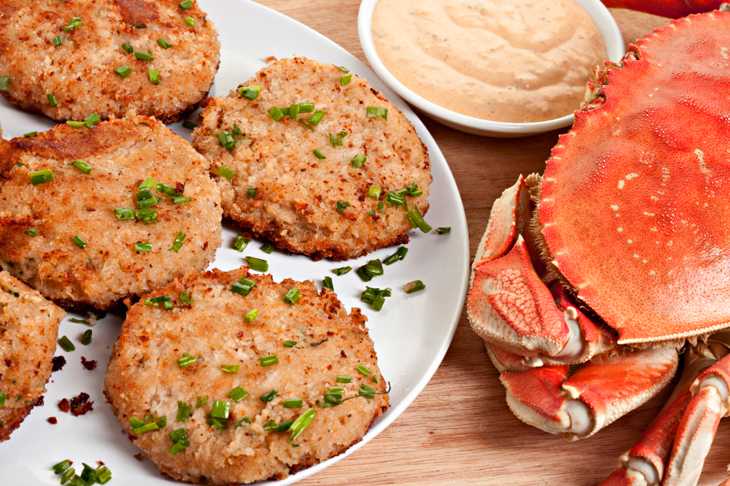

- Crab Cakes
- 1/2 cup minced onion
- 1/2 cup minced red bell pepper
- 1/4 cup plus 2 tbsp minced celery
- 6 tbsp unsalted butter, divided
- 2 large eggs
- 2 tbsp sour cream
- 1 tsp dry mustard powder
- 1 tsp Worcestershire sauce
- 1-1/2 tsp cayenne
- 1-1/2 tsp salt
- 1 tsp Old Bay seasoning
- 4 tbsp thinly sliced scallion greens
- 3/4 to 1 cup Panko breadcrumbs, or as needed
- 1 lb jumbo lump crabmeat, picked over
- 2 tbsp vegetable oil
- Remoulade Sauce
- 3/4 cup mayonnaise
- 2 tsp Dijon mustard
- 1-1/2 tsp whole-grain mustard, preferably Creole mustard
- 1 tsp tarragon or sherry vinegar
- 1/4 tsp Tabasco sauce
- 2 tsp drained tiny capers, chopped
- 1 tbsp chopped fresh flat-leaf parsley
- 1 scallion (white portion + 3 inches of green), very thinly sliced
- Salt and freshly ground black pepper, to taste
- Accompaniments
- Lemon and Lime wedges, for garnish
- Jicama Cabbage Slaw (recipe follows)
- Make Crab Cakes: Cook onion, bell pepper, and celery in 1 tbsp butter in a 12-inch nonstick skillet over moderately low heat, stirring occasionally, until vegetables are softened, about 8 minutes.
- Whisk together egg, sour cream, mustard, Worcestershire sauce, cayenne, and salt in a large bowl, then stir in scallion, cooked vegetables, and 1/2 cup of the Panko. Very gently stir in crabmeat, using your hand if possible to protect the crab, and then form into 8 cakes (about 2-1/2 to 3 inches in diameter). Use as much Panko as you need to hold the cakes together, but not so much that it overwhelms the delicate flavor of the crab. Some types of crab are moister than others and will need more Panko, so use your best judgment.
- Place crab cakes on a plastic wrap-covered baking sheet, cover with more plastic wrap, and refrigerate for about 30 minutes or until firm. Dredge crab cakes lightly in remaining Panko seasoned with salt and pepper.
- Heat vegetable oil and remaining 2 tbsp butter in cleaned skillet over medium-high heat until foam subsides and oil is shimmering, then cook crab cakes, turning once, until golden brown on both sides, about 4 minutes per side. Serve immediately.
- Make Remoulade Sauce: Combine ingredients in a bowl, whisking until smooth. Set aside, covered, in the refrigerator until ready to serve.
- To Serve: Prepare Jicama Cabbage slaw as directed below, and made a bed of slaw on each plate. Top with 2 crab cakes and drizzle with Remoulade sauce. Serve immediately, passing additional sauce at the table.
- Yield: 4 first-course servings (2 cakes per serving)
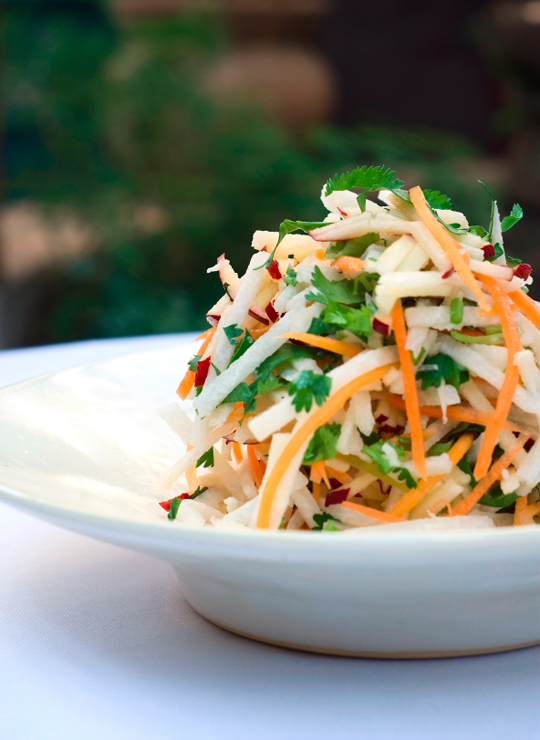

- White Balsamic Dressing
- 1 large clove garlic, minced (about 1-1/2 tsp)
- 1 tbsp freshly squeezed lime juice
- 1-1/2 tbsp honey
- 2 tbsp canola oil
- 2 tbsp Dijon mustard
- 1/4 cup white balsamic vinegar
- 1/2 cup mayonnaise (or 2 tbsp low fat mayo + 2 tbsp low-fat yogurt)
- 1-1/2 tsp fennel seeds
- Slaw
- 1 small jicama, peeled and cut into matchsticks
- 1/2 head Napa cabbage, tougher outer leaves discarded, cored and shredded
- 2 medium carrots, coarsely grated
- Make the Dressing: Combine the garlic, lime juice, honey, oil, mustard, balsamic vinegar, and mayonnaise in the bowl of a food processor. Pulse until blended. Transfer to a bowl and whisk in the fennel seeds.
- Make the Slaw: Combine the jicama, cabbage, and carrots in a large bowl. Pour the dressing over the mixture and toss to coat well. Cover and refrigerate for at least 1 hour or until ready to serve. The slaw will be a little soupy, which is just the way I like it. You can drain off excess dressing if you prefer prior to serving. Let sit at room temperature for 15 minutes to warm up slightly before serving.
Thank You!
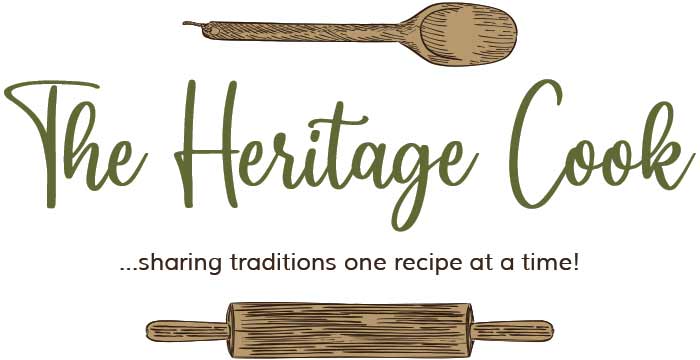


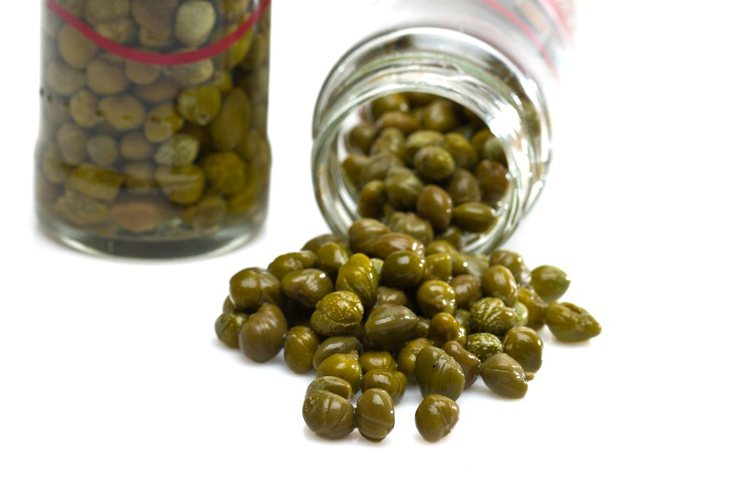
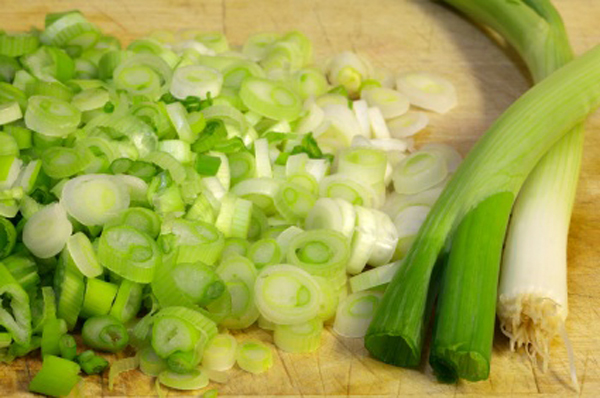

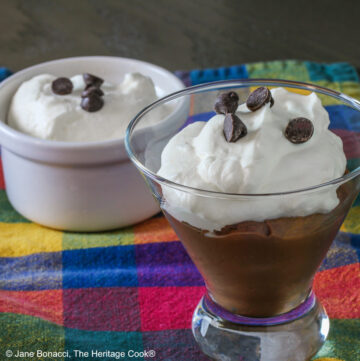
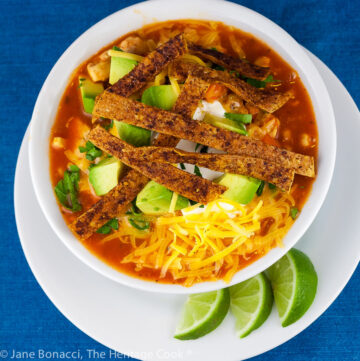
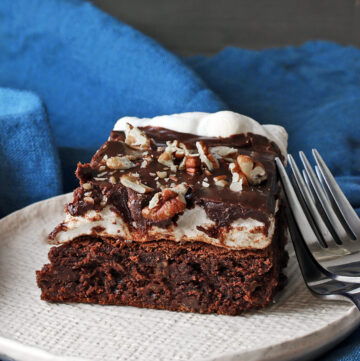

Ayngelina
Looks delicious, I love crab cakes when they are done well.
Maria Springer/Maja's Kitchen
Looks soooooooooo great…All those favors and to combine it with the jicama cabbage slaw…just wonderful…Jane, you are so creative….!